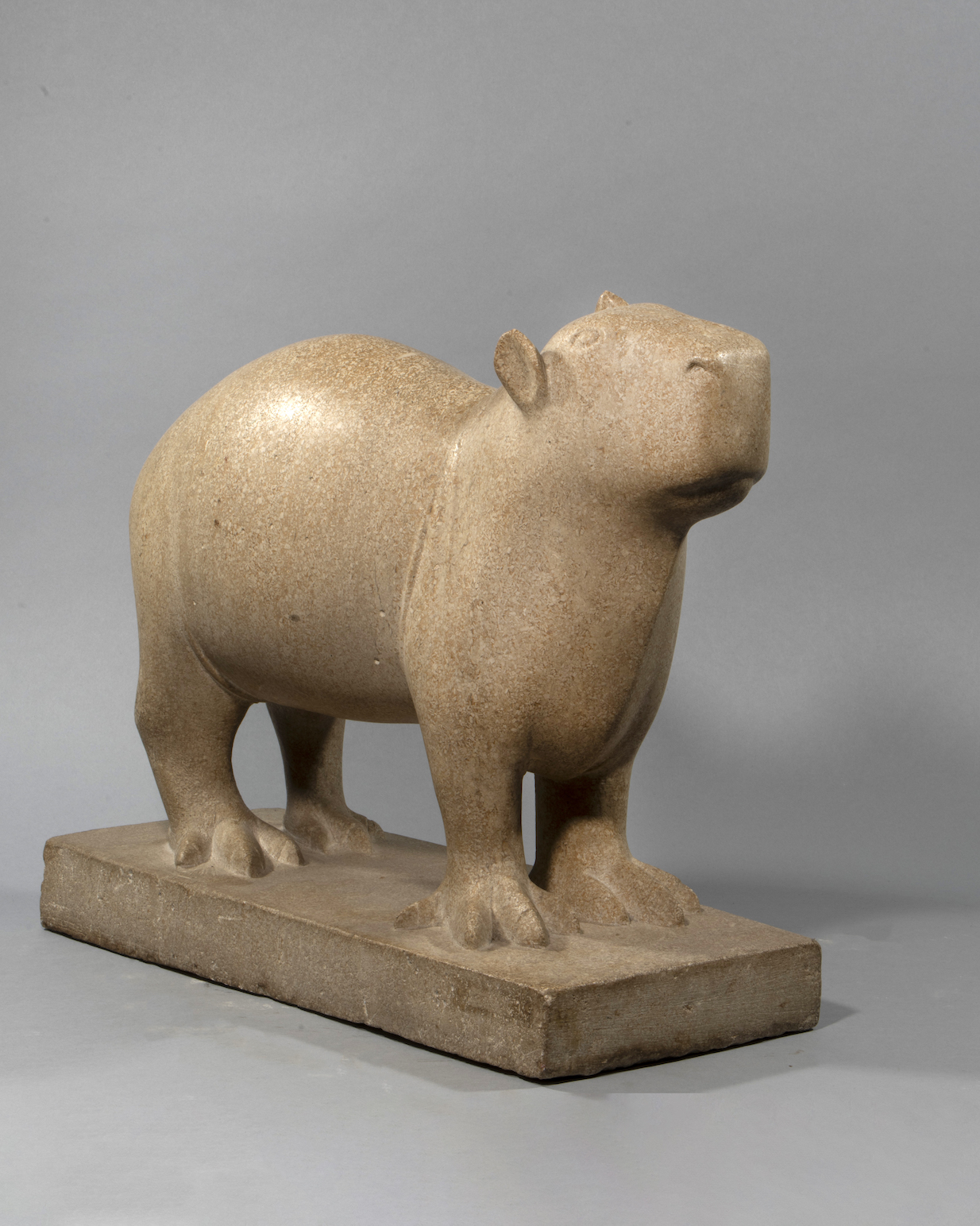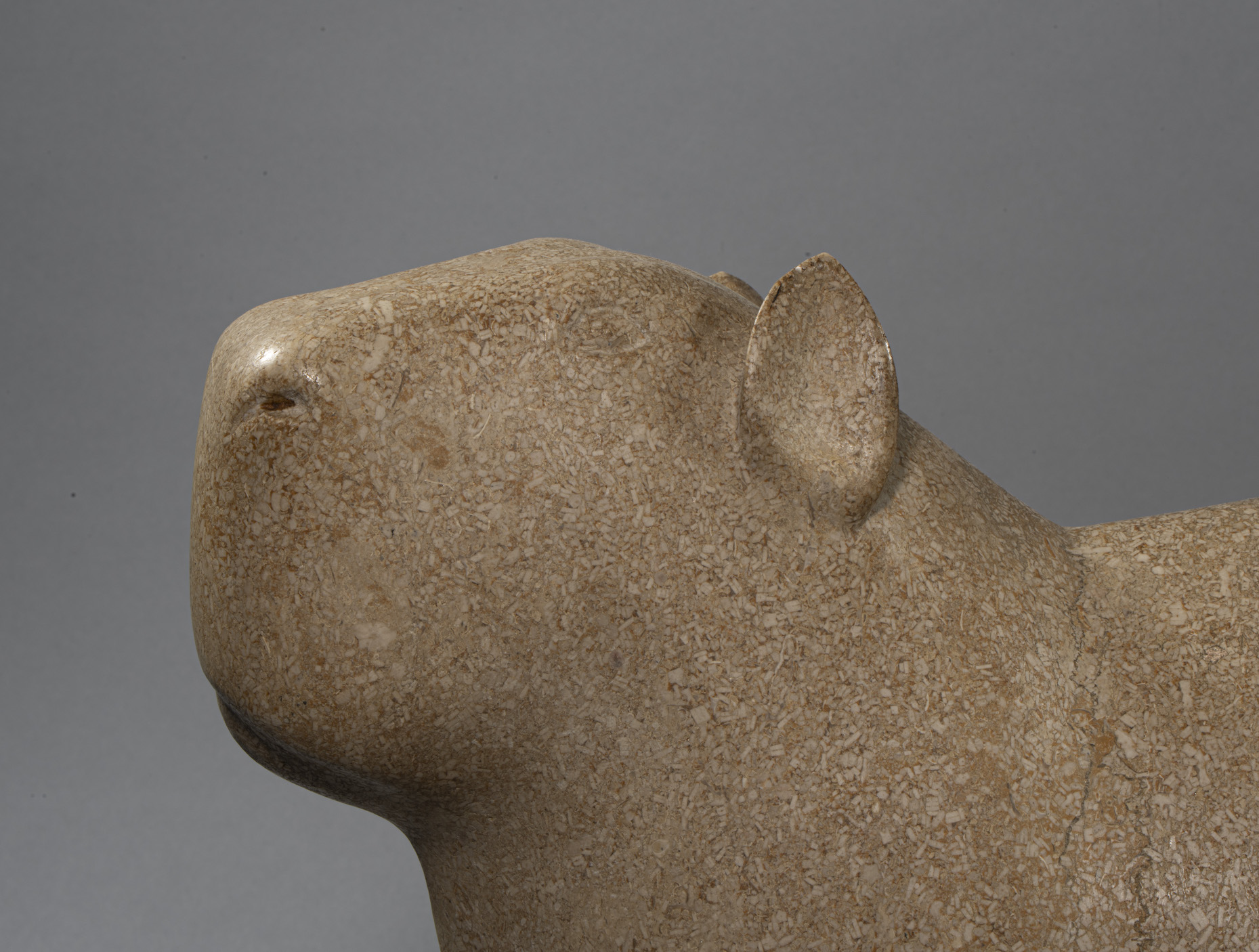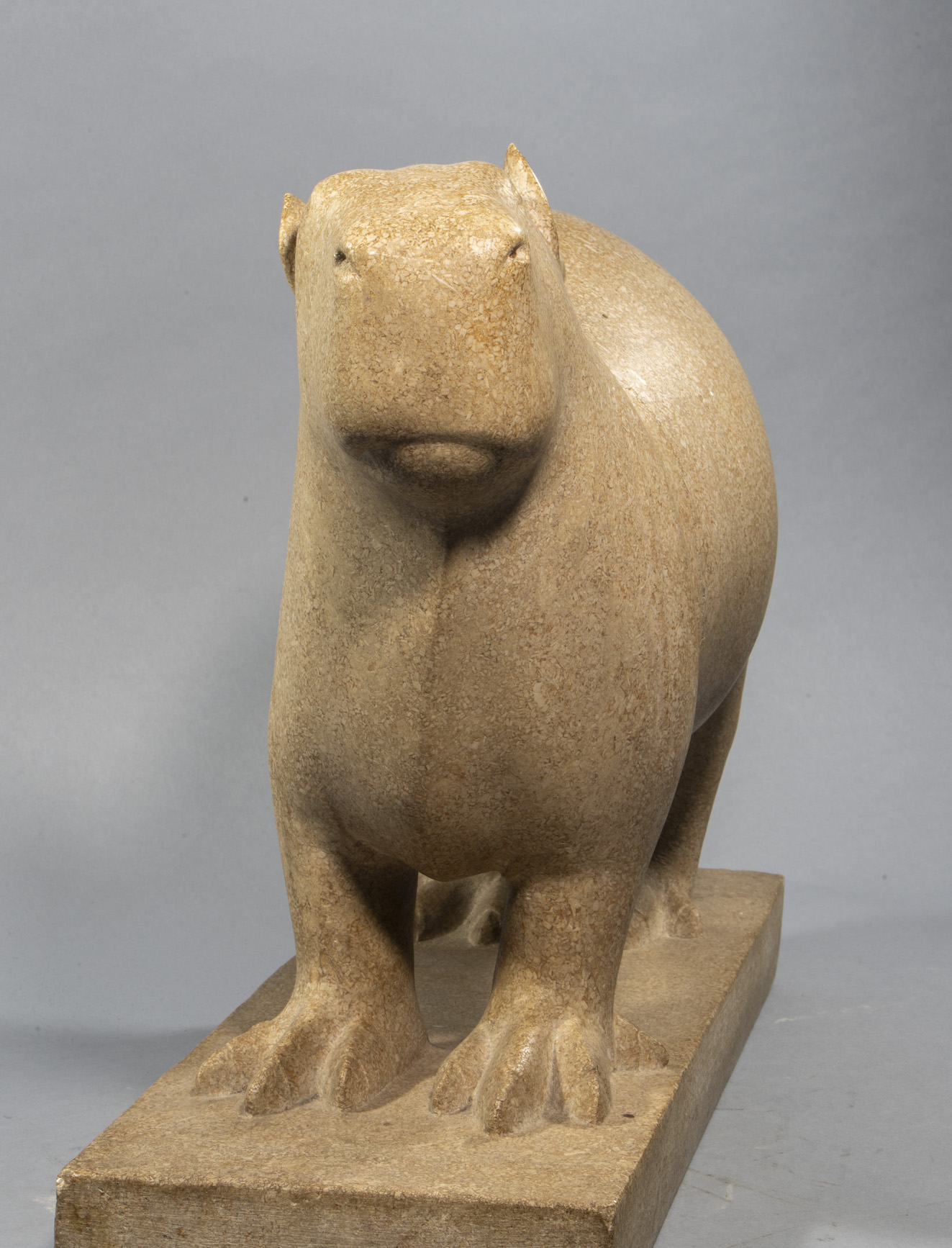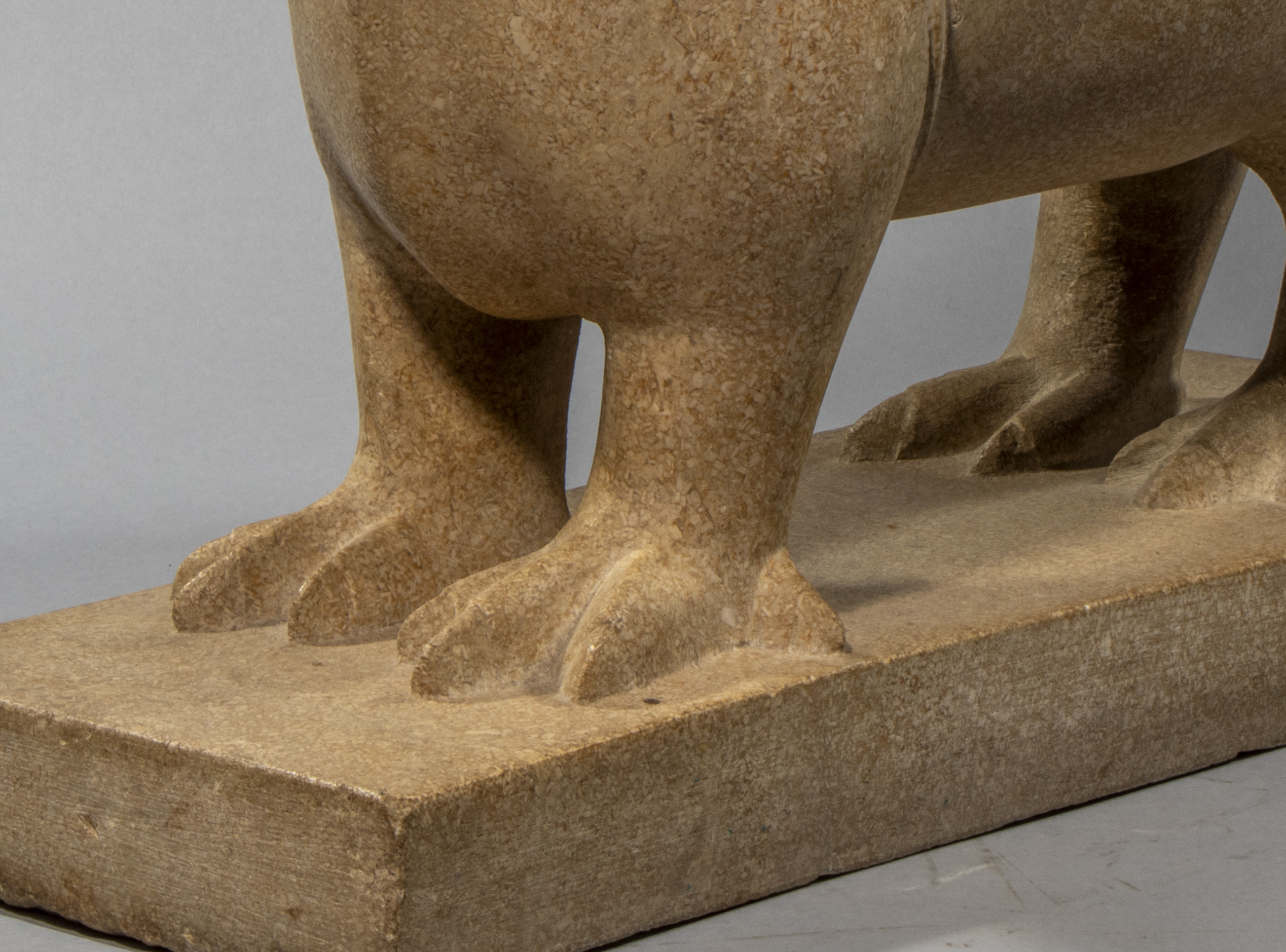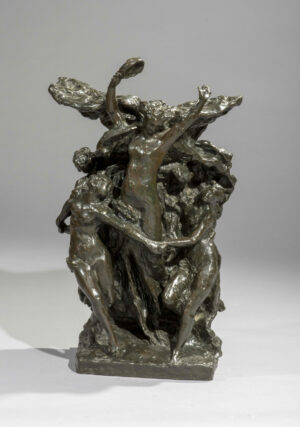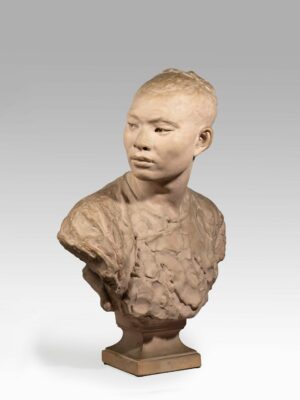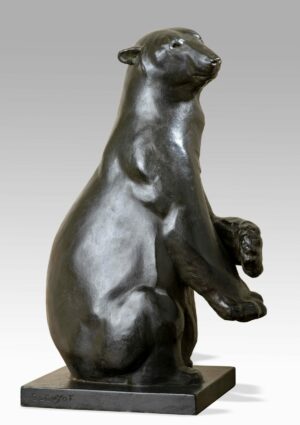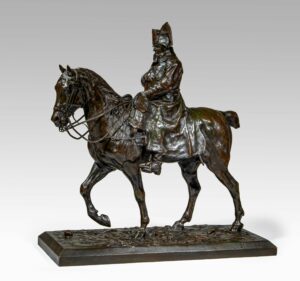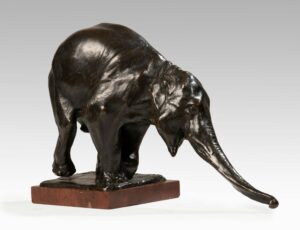Description
Very few works remain by this talented artist, originally from the Lithuanian part of Russia. Only two portraits of him survive, and little biographical information is available. Even his name is uncertain, appearing under various spellings (Joutsaytis, Yucaitis, Yutsaïtis…), as well as his first name, which alternates between Aron and Anton. It is known that he arrived in Paris in 1897 and, before 1911, settled in the Montparnasse district at La Ruche, a residence founded in 1902 by Alfred Boucher to provide lodgings for struggling artists. He lived in the poorest section, Passage Dantzig, a lane lined with small studios adjoining the main building.
In this legendary location, where the early avant-garde movements emerged, he mingled with artists such as Soutine, Chagall, Krémègne, Lipsi, and Kikoïne. He thus belonged to the first generation of artists who emigrated to Paris at the beginning of the 20th century, forming what would later come to be known as the École de Paris.
Regularly exhibited at major Parisian salons such as the Société Nationale des Beaux-Arts, the Salon d’Automne and the Salon des Indépendants, his works quickly gained attention. By the early 1930s, Anton Joutsaytis was recognized as a talented artist, becoming an associate member of the Société Nationale des Beaux-Arts in 1932 and later an honorary member of the Société des Sculpteurs Animaliers.
He exhibited small statuettes, a few portraits, and above all, animal sculptures—birds, fish, seals, tapirs, and even more unusual creatures such as insects (beetles, cockroaches, flies, ladybugs…). His Capybara is another rare and atypical subject.
Easily identifiable by its rectangular head, broad flat snout, narrow eyes, small upright oval ears, star-shaped feet with four front toes and three rear toes and its lack of a tail, the capybara is the world’s largest rodent, at least one specimen of which was kept at the Jardin des Plantes in Paris. Anton Joutsaytis, achieving a fully smooth finish, masterfully captures all the defining characteristics of the animal. His manner of rendering the folds in the skin of the semi-aquatic mammal in vertical ridges is identical to that seen in the two Sea Lion sculptures signed by him, one in the colelction of the Kroller Museum in the Netherlands and the other in the Kaunas Museum in Lithuania.
Though he particularly favored colored marble, he worked with a variety of stones, usually of small dimensions. Therefore, this relatively large sculpture is an exception. However, at La Ruche, it was common for Alfred Boucher to provide costly materials to artists, particularly sculptors, to support their creative pursuits. It is entirely possible that Anton Joutsaytis acquired this magnificent Saint-Martin-Belle-Roche marble stone—distinguished by its pinkish-beige hue and speckled appearance due to the presence of fossilized crinoids—in this way.
This is probably one of the last works by Anton Joutsaytis, as he died just a few months after exhibiting it at the Salon National des Beaux-Arts in 1941.
This unique piece remains a living testament to the immense talent of this sadly forgotten artist
We sincerely thank Mrs. Rachel Mazui for the invaluable information she provided.

